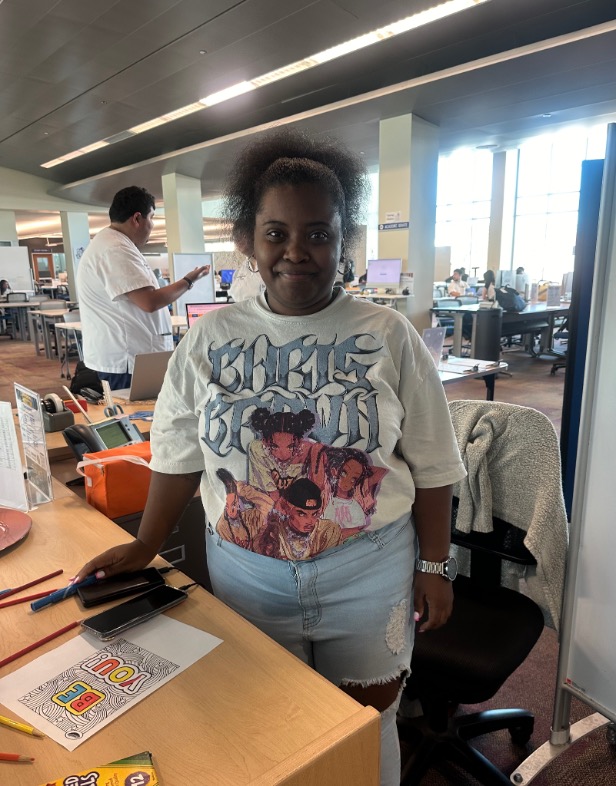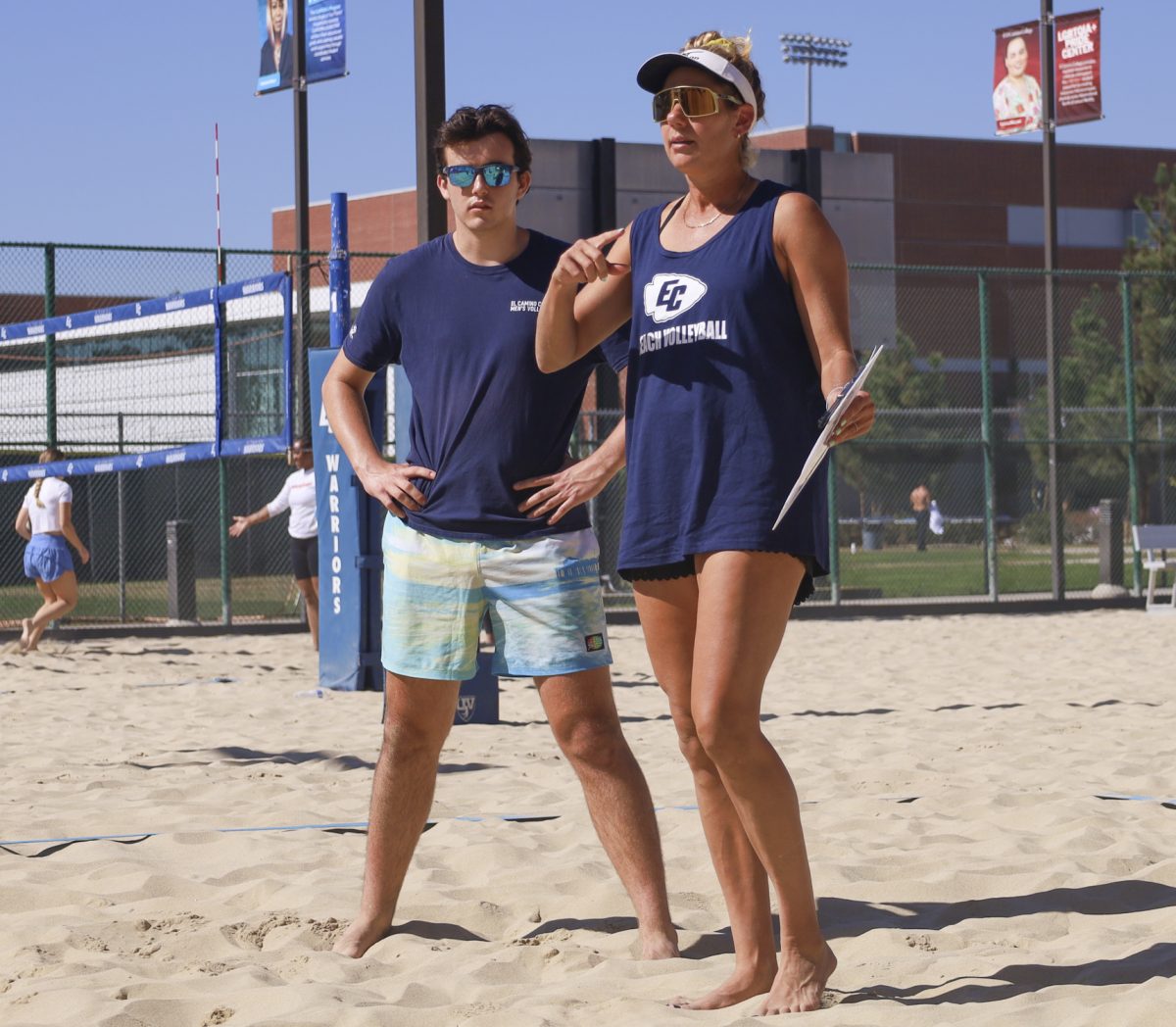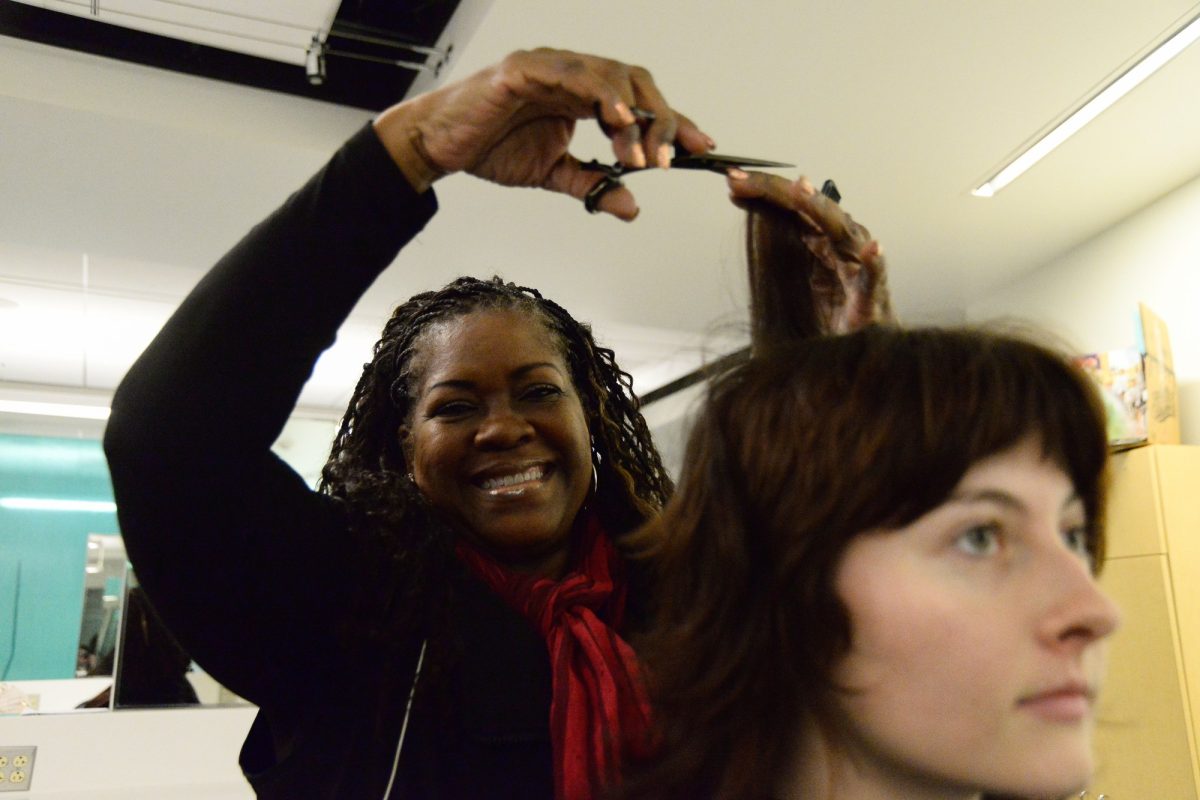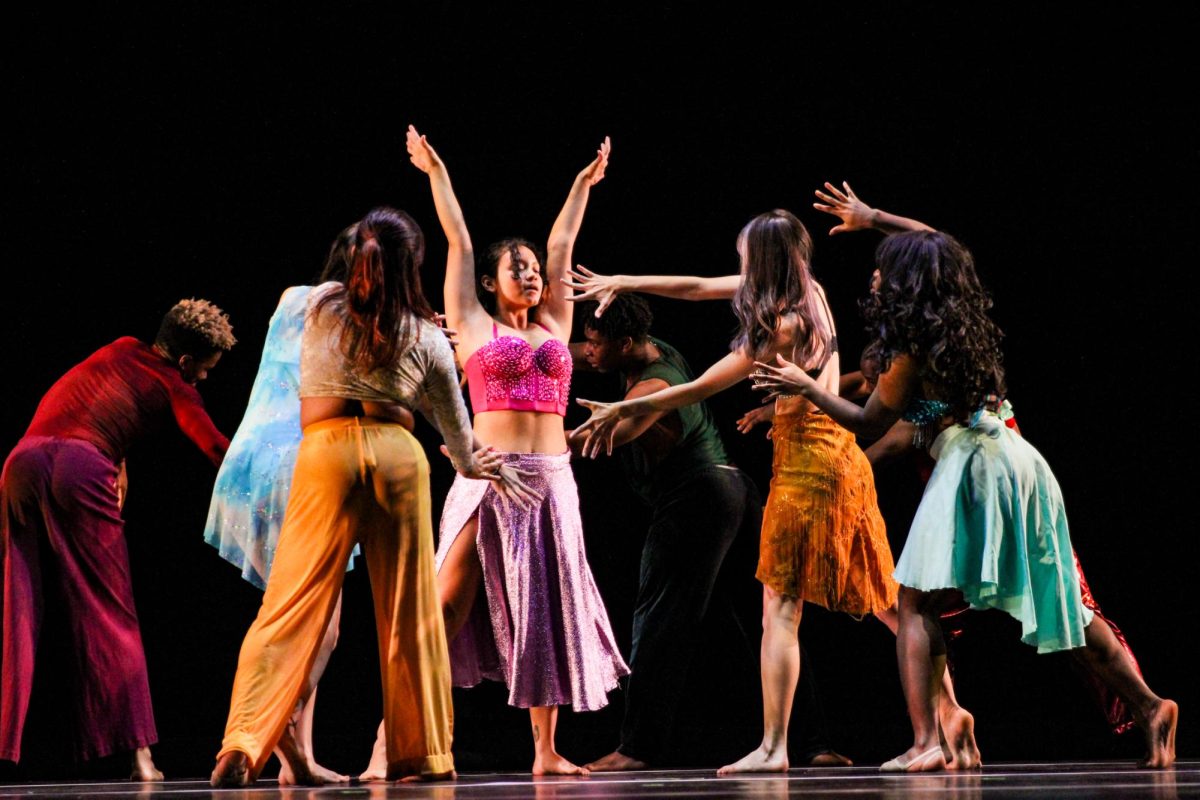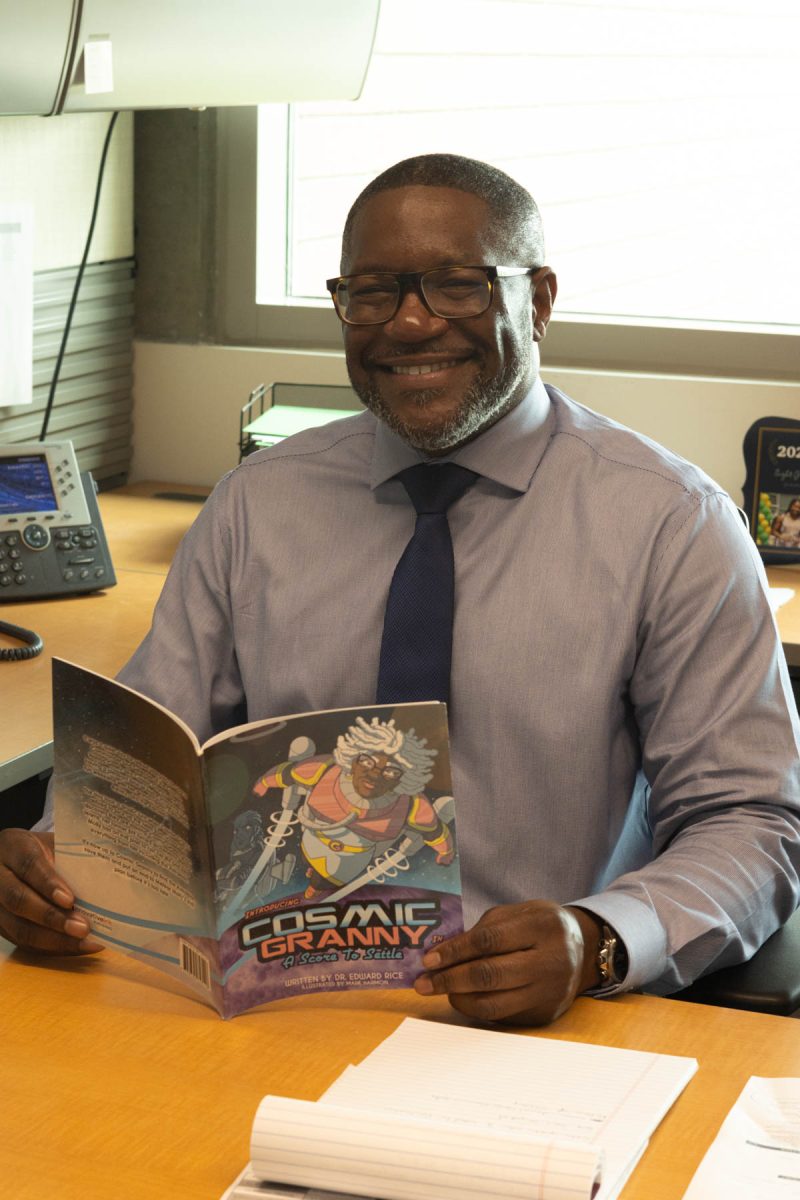It’s two in the morning and there is an eight page research paper on primate evolution due for an Anthropology class at 9 a.m. The student runs to the refrigerator and has two options: coffee or Red Bull.
Within a matter of minutes, the energy rush begins.
Energy drinks have become more than just a common trend among college students. Coffee no longer can get the job done, so when you need that extra kick, the energy drink is the answer, Mallory Groves, 20, communication major, said.
Usually a regular coffee drinker, she finds herself grabbing an energy drink three or four times a month, Groves said.
Rarely does she drink an energy drink in the morning, and John Featherstone, head football coach and physical education instructor agrees that is a good call.
“Caffeine is a drug. Legal, but it is still a drug which is addictive,” Featherstone, said. “Many students start off their day with caffeine filled liquids during their rush to get to class on time.”
Students find themselves reaching for the next fix to once again return to the same state of energy.
“The more you consume these energy drinks, the more you think you need them,” Featherstone said. “And all students must be careful of caffeine addiction at such a young age.”
For some students, having a Rockstar or a Red Bull is not enough to keep them energized through classes and work.
A concentrated shot of caffeine and more chemical additives packaged in something like 5 Hour Energy or RedLine are also popular.
“I drink a RedLine two or three times a day,” Michael Manaois, 22, nursing major, said.
A Red Bull has 80 milligrams of caffeine while RedLine has almost double the amount at 140 milligrams. Both of these energy drinks can be bought at any local convenience store.
Instead of an energy drink, Featherstone suggests students start the morning with a tall glass of water and some natural fruit juice.
Even living a life of routine and exercise can help boost energy, Featherstone said. Keeping on a regular sleep schedule and incorporating exercise into one’s daily life can aid in increasing energy.
“You must be able to control your caffeine intake and be responsible because it is a drug,” Featherstone said. He says that the high energy and sugar makes more of a chance for heart problems. And use has become an epidemic.
Students in class trying to stay awake should try to stand up or stretch. An article for wholeliving.com recommends this easy way to activate a reserve of energy and awaken those in a mid-day slumps.
Like energy drinks, some people choose to consume their caffeine through other beverages such as coffee and tea.
While it is reported that at least 50 percent of Americans consume coffee, it should always be done in moderation.
Health websites such as wisegeek.com list rapid heartbeat, irritability, insomnia, indigestion, nervousness, dizziness and needing to urinate frequently as the side effects of consuming too much caffeine.
“Adults and children over the age of 12 shouldn’t consume more than 100 to 200 milligrams of caffeine every three to four hours. And not more than 1000 milligrams in 24 hours,” registered Dietician Doug Cook of Toronto says.
A lack of knowledge may be what causes people to ake in too much caffeine.
“People should become more informed about the amounts of caffeine in the food and drinks they consume,” Cook said.
An eight ounce cup of Starbucks coffee, has an average of 180 milligrams of caffeine.
Many are unaware that tea also carries a caffeine punch, though a much lower one than coffee does.
In an eight ounce cup of North American tea, there is an average of 40 milligrams of caffeine and iced tea has an average of 25 milligrams.
“I don’t drink coffee; I drink tea. The side effects of coffee are gross and I don’t like the crashing after,” Ashley Warnick, 20, business law major, said. “I know tea is not good for you, but I drink only one cup a day. My favorite is Chai Black Tea.”
Using caffeinated tea as an alternative to coffee may sound like a good idea, but there are caffeine-free alternatives out there on the market.
“I use one called Dandy Blend. I used to drink a lot of coffee throughout the day to the point where I was always shaky so I decided to use a caffeine-free alternative,” Myra Chavez, 22, psychology major said. “I will admit I sometimes do miss the caffeine jolt coffee would give me.”
Multiple caffeine-free options can be found on the internet such as Cafe Orzo, a barley based drink that tastes similar to coffee but without the caffeine crash that comes with coffee.
It is no doubt that after all the dangers and side effects coffee or tea may bring or to that matter any caffeinated substance people are still going to want and need the caffeine they are addicted to.
It is currently estimated that by 2011 the coffee market will be worth $39.5 billion, according to a vending market watch survey. That’s $10 billion more than what it is worth today.
“There is a Winchell’s Donuts on my way to school and I believe I will go there everyday of my life to buy myself a delicious cup of coffee,” Dulce Gonzalez, 23, Law major said. “I spend $3 a day because I visit its coffee shop twice a day.”
With all the side effects that caffeine causes, Cook recommends keeping track of the amount of caffeine people consume when they feel the need to give their system a jolt.
Categories:
Caffeine is a necessary tool for students
By Risa Chuman
•
April 29, 2010
More to Discover



